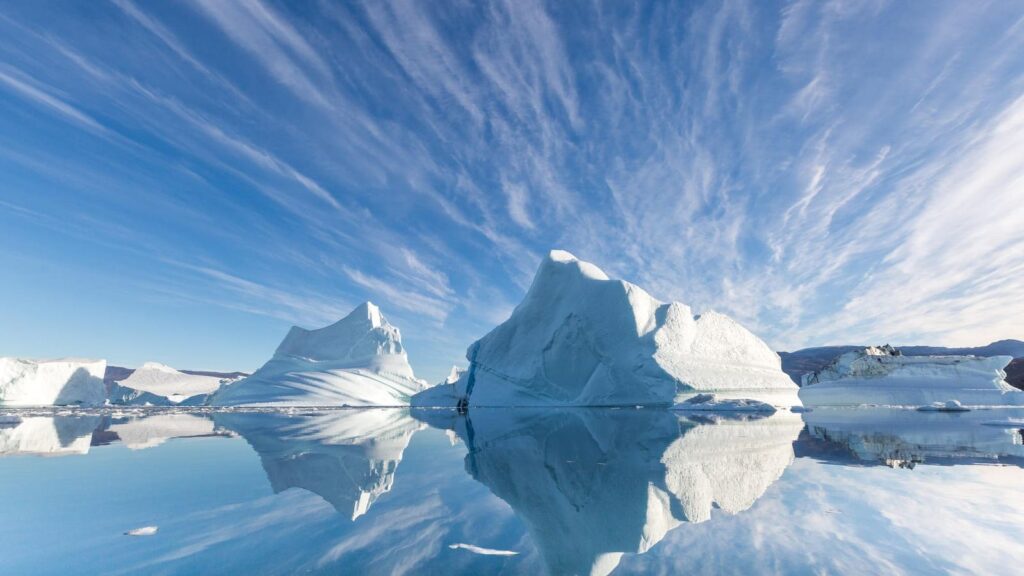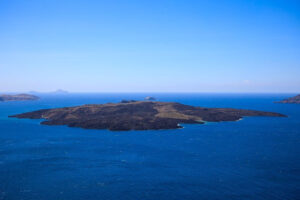
A gripping narrative of polar exploration, Ends of the Earth: Journeys to the Polar Regions in Search of Life, the Cosmos, and Our Future by Neil Shubin offers a profound insight into the environmental threats facing these pristine regions of the world. Released in 2025 by Dutton/Penguin Random House, the book is a compelling blend of science, history, and personal memoir, all wrapped in concise storytelling.
Neil Shubin, a renowned paleontologist and popular science writer, takes readers on a lifetime of expeditions to the Arctic and Antarctic. His narrative is not just a travelogue but a vivid exploration of the unique wonders and environmental challenges of these regions. Shubin’s storytelling is punctuated with spectacular maps and anecdotes that bring the polar landscapes to life.
Exploring the Polar Wonders
Unlike Shubin’s previous works, which focused on individual species, Ends of the Earth delves into the broader environmental context of the polar regions. The book details extraordinary experiences, such as landing a propeller plane in an icy Antarctic valley and discovering dinosaur footprints preserved under layers of ice. Shubin also describes the mesmerizing kaleidoscope of blue hues witnessed while spelunking in an Antarctic crevasse.
“When ultra-compact ice from the depths is brought to the surface [of a glacier], it looks like a shiny version of an aquamarine. This ice, known as blue ice, can be a torment for polar researchers. It looks like a gentle azure pool of tropical water from a distance. But looks can be deceiving.” (p.26)
Shubin’s observations of blue ice highlight the challenges faced by researchers in these extreme environments. The frictionless nature of blue ice makes even the simplest movements perilous, posing significant challenges for exploration and study.
Environmental and Scientific Insights
The book provides a wealth of information on topics such as the environmental impact of melting glaciers and international territorial disputes over the Arctic. Shubin also explores how animals and plants have adapted to survive in polar climates, offering insights into the biochemistry of resilient species like tardigrades, or “water bears.”
Furthermore, Shubin discusses the scientific significance of over 50,000 meteorites discovered in Antarctica, which offer clues about the history of our universe. These meteorites are invaluable to scientists seeking to understand the origins and evolution of our solar system.
Structure and Style
Comprising eight chapters, along with a prologue and an epilogue, Ends of the Earth effortlessly transitions between the Arctic and Antarctic. Each chapter focuses on shared topics such as the history of exploration, climatic changes, and their potential effects on the planet. The book is a remarkable chronicle that interweaves travel writing and history with scientific discovery.
However, the book could benefit from color photographs to complement its vivid descriptions. For instance, the evocative name of Blood Falls in Antarctica prompts readers to seek visual confirmation online. Similarly, a color photograph of the Arctic woolly bear caterpillar would enhance the reader’s understanding of its unique characteristics.
A Book of Enthusiasm and Discovery
Written with infectious enthusiasm and curiosity, Ends of the Earth is a surprisingly fast read that captivates its audience from start to finish. Shubin’s ability to weave scientific insights with personal anecdotes makes this book a must-read for anyone interested in the polar regions and their future.
The book has been shortlisted for the 2025 Royal Society Trivedi Science Book Prize, underscoring its significance in the realm of science literature. Shubin’s work not only educates but also inspires readers to appreciate and protect these fragile environments.
In conclusion, Neil Shubin’s Ends of the Earth is a remarkable journey through the mysteries of the polar regions, offering a blend of adventure, science, and environmental awareness. It is a testament to the beauty and fragility of our planet’s most remote areas.





